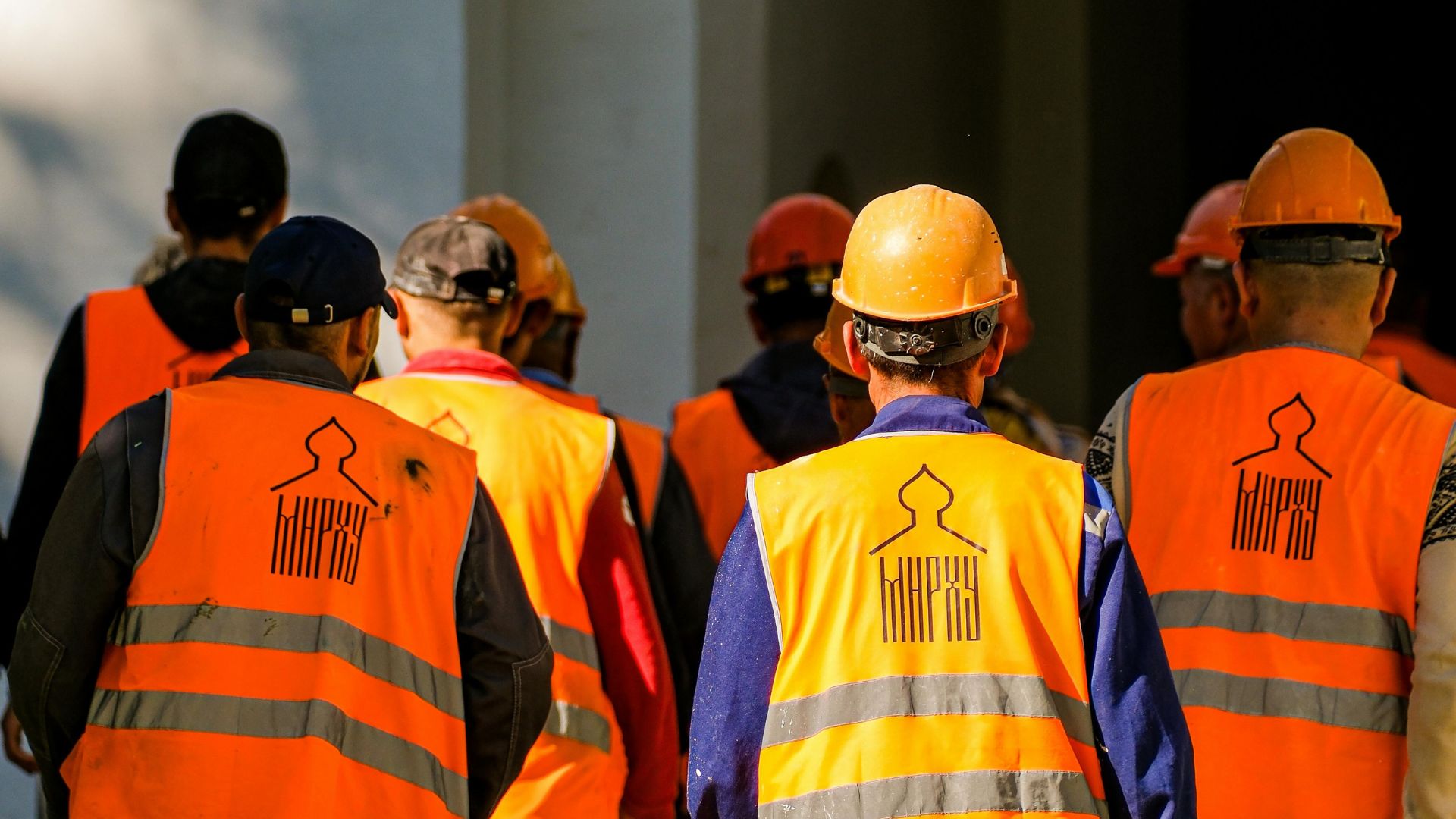.webp)
High Turnover Rate: How Attrition Impacts Teams & Revenue


Did you know that replacing a single team member can cost anywhere between half that team member’s salary to as much as four times their annual salary?
For senior leaders, it's natural to focus on the bottom line: revenue. But some of the metrics that impact it tend to evade scrutiny until they’ve already done their damage. One of the more sneaky metrics is often attrition rate.
At the end of the day, every organization experiences some form of attrition. It’s a normal part of business operations, and shouldn’t always be viewed as a problem. However, when a business experiences significant attrition, it can affect the company's culture, productivity and ultimately have an impact on financial performance.
As the Great Reshuffle continues and teams across the world see their colleagues depart, conversations about high turnover rates are suddenly front and center at the leadership table. It’s critical to understand exactly how significant each departure is for your business in order to keep strong momentum towards building engaged and motivated teams.
What is Your Employee Attrition Rate?
Your attrition rate (also referred to as ‘employee churn rate’) refers to the number of people on your team who leave in a given year and are not immediately replaced. So if your business averages a team of 1500 and 70 team members leave over the course of a year, your attrition rate for that year would be 4.6%. A good attrition rate is below 10%.
High attrition rates damage businesses in a number of ways, most notably because it’s well-documented that hiring is expensive. On average, the hard costs for hiring a new team member sit between $4,000-$5,000. But those hard costs don’t account for various ‘soft costs’— the other ways a high attrition rate impacts your business.
Let’s dig into some of those hidden costs to find out why your business can’t afford to ignore the issue of attrition.
High Attrition Rates Can Damage Your Culture
A high attrition rate can have a lasting impact on your team experience and your company culture. That’s because when colleagues leave your team, they don’t just take their skills with them; they also take their presence, their sense of humor, and their ability to motivate your team.
Losing an employee who’s integral to your business operations and your company culture leaves a gap in both areas. If your attrition rate is increasing, it could be an important indicator of low employee satisfaction or engagement. It can also indicate that employees are unhappy with their employer, their day-to-day tasks, or the company culture.
It’s vital to recognize the signs of a high attrition rate early. If you’re able to make adjustments, focus on increasing retention, and enhance your organization’s team experience, you may be able to reduce the rate of attrition and ultimately improve your team culture—and your bottom line.
Productivity Can Drop Due to High Employment Churn
It’s no secret that attrition can damage productivity simply by reducing your team’s bandwidth.
Attrition forces your remaining team to devote time to learning and fulfilling those responsibilities during the vacancy. And while ideally, these adjustments are temporary, they’re unlikely to be as temporary as you’d like.
According to one study, it can take 45 days from the time a job is posted to the time a new hire starts. For project management, engineering, and other technical roles, it can take nearly 50 days, and for non-technical roles, it can take less than 40. Regardless of the position, that’s a long time for the rest of your team to be picking up the slack.
During that period, they’ll also have to devote time to recruiting efforts and the interview process. Even when your new hire finally starts, that doesn’t mean that productivity will return to normal levels; there’s still onboarding and training to complete before a team is truly back up to speed. Ultimately, these tasks consume valuable time that’s ordinarily devoted to the operations that drive revenue and ROI.
Finally, employee attrition can reduce your business’ productivity in a simple, yet devastating way: by lowering your team’s morale. This symptom is less likely to last, but it can have a real impact on your business’ productivity regardless.
As we mentioned earlier, when an employee leaves, they take their personality and character with them. For their colleagues who grew close to them and even considered them friends, that loss can hurt. When a team loses a motivator, it can be challenging to reestablish that same level of grit and dedication to the work at hand, leading to reduced productivity for some time.
What is The True Cost of Attrition?
While you can find an endless supply of statistics, facts, and figures outlining hard costs businesses can expect to face due to attrition, the reality is that the true cost of attrition can’t be tied up in a neat little bow.
Sure, the cost of attrition manifests in the cost of posting jobs, advertising, and recruiting, but it also manifests in ways that are subtle and immeasurable. The cost of attrition is your social media strategist being unmotivated because their best work-friend is gone; it’s your annual holiday party falling through because the person who used to plan it is gone. And it’s missed opportunities.
When vital team members leave, it doesn’t just cost your business money, damage your culture, and lower your productivity like we’ve established. Losing vital team members can fundamentally change your business and the direction it takes. Say, for example, that one of your brightest managers leaves the team. You’ll never know what innovation they may have brought to your business or what systems they would have implemented to double your revenue. It’s hard to put a price on what could have been.
How to Lower Your Attrition Rate
It’s easy to be overwhelmed by the true cost of attrition when you consider all the ways your business can be impacted, but keep in mind that some attrition is normal. People on your team will move to be closer to family, come across opportunities they can’t turn down, retire, or go back to school. You can’t stop it all.
However, attrition becomes a problem when your business starts seeing a lot of it. If your business is stuck in a never-ending recruitment cycle, it’s typically a sign that something is missing from the team experience.
If your teams feel like they aren’t receiving adequate compensation, aren’t being heard, or aren’t engaged, it can lead to attrition. Pay and benefits might be the issue, but if your teams don’t feel empowered to share their needs, creating the necessary change will be difficult. It doesn’t have to be, though. Many businesses struggle to engage and understand their teams’ needs. By breaking down those barriers, you can build resilient, engaged, and dedicated teams that are less likely to see colleagues leave, and more prepared to bounce back after attrition.
PepTalk can help your business build its team experience, bridge the gap between information and action, and ultimately engage and understand the human side of work.
Our software platform is dedicated to reducing attrition and engaging employees so you don't have to worry about losing the key talent that drives your success. By offering a structured approach through our robust software, you'll more easily build company culture, develop leadership talent, keep employees engaged, and more.
To see how PepTalk can provide valuable insight to your team’s behavior, and build organizational trust, book a demo today.
Frequently Asked Questions


See PepTalk in action


Related
Latest Blogs


See PepTalk in action





.webp)


.webp)







.webp)